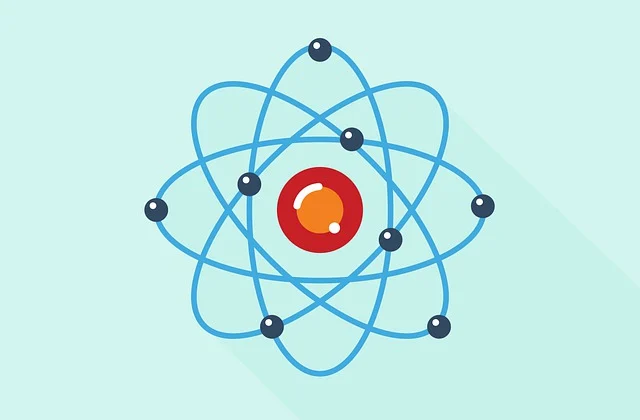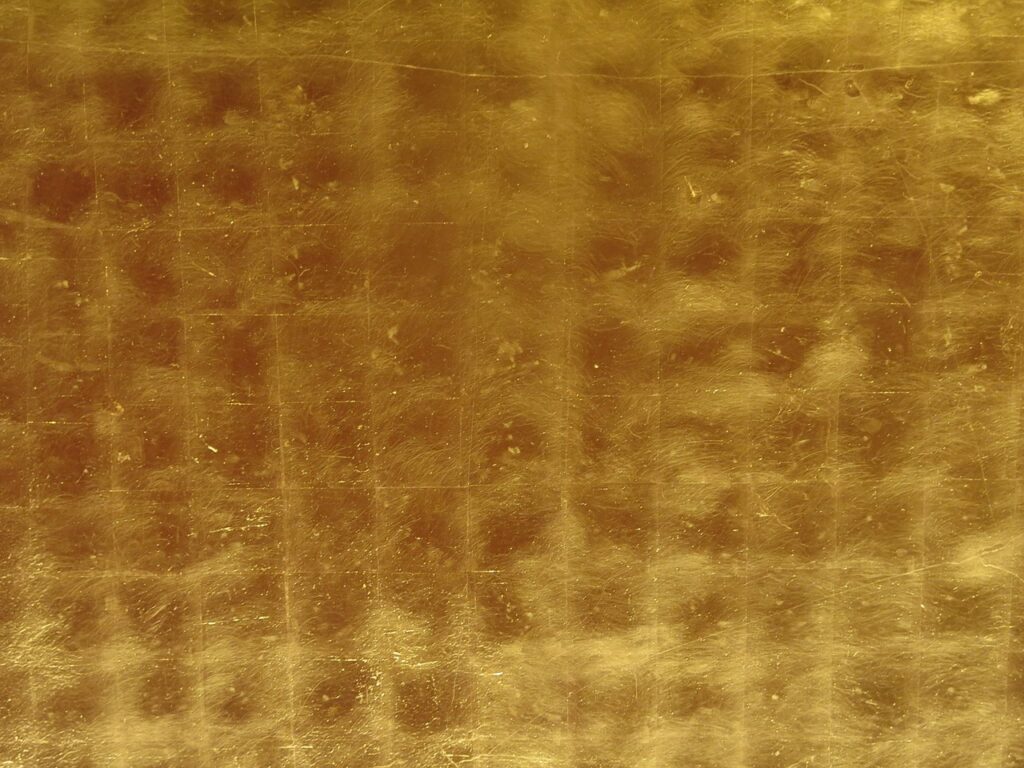According to electrostatics, a conductor’s size, shape, and environment all affect how electric charges are distributed on it.

When two or more charged bodies come into touch, the charges move around until they find an equilibrium state rather than staying fixed as they were before. The redistribution of charges is the term used to describe this phenomena.
It results directly from the fact that charges in a conductor are free to travel and will continue to do so until the system’s electric potential is uniform.
Concept Behind Redistribution
The fundamental idea behind redistribution is that charges flow from higher potential to lower potential until the potential of the two connected objects is equal. This is due to the requirement that a conductor in equilibrium have the same potential throughout in electrostatics.
Charges will flow until the electric field is neutralised if potentials are different.
Situations Leading to Redistribution
Contact Between Two Charged Conductors
A certain amount of positive charge moves to the uncharged conductor when two positively charged conductors come into contact.
Electrons go from the negatively charged conductor to the uncharged one when they come into contact.

Contact Between a Charged and a Neutral Conductor
The neutral conductor gains or loses charges until both reach the same potential.
Contact Between Two Charged Conductors of Different Charges
To ensure that both have the same potential, charges reorganise themselves based on their sizes (capacitances).
Theoretical Explanation
Let two conductors A and B be connected by a conducting wire.
Q1 = initial charge on conductor A
Q2 = initial charge on conductor B
C1 = capacitance of conductor A
C2 = capacitance of conductor B
Initial Potentials:
V1 = Q1 / C1, V2 = Q2 / C2
If V1 ≠ V2, charges flow from the conductor with higher potential to the one with lower potential until both have the same final potential Vf.
Final Potentials:
Since both are connected,
Vf = Q’1 / C1 = Q’2 /C2
and from charge conservation:
Q1 + Q2 = Q’1 + Q’2
Solving these gives the final charges:
Q’1 = C1(Q1 + Q2) / C1 + C2
Q’2 = C2 (Q1 + Q2) / C1 + C2
Special Cases
One Conductor Initially Uncharged (Q2 = 0)
Charges will distribute in the ratio of capacitances:
Q’1 : Q’2 = C1 : C2
Two Identical Conductors
Capacitances are equal: C1 = C2
Final charges become equal: Q’1 = Q’2 = Q1 + Q2 / 2
Example Problem
Example:
Two identical metal spheres are given charges +6 µC and -2 µC respectively. They are connected by a thin wire and then separated.
Solution:
Total charge before contact:
Qtotal = 6 µC + (-2 µC) = 4 µC
Since the spheres are identical, final charges will be equal:
Q’ = 4 / 2 = 2 µC
So each sphere ends up with 2 µC.
Factors Affecting Redistribution
Capacitance of the Conductors
Larger capacitance means the conductor can hold more charge at the same potential.
Shape and Size of Conductors
Capacitance depends on geometry; bigger conductors can hold more charge.
Distance Between Conductors
If conductors are close, mutual influence changes the redistribution process.
Medium between Conductors
The dielectric constant of the medium affects capacitance and hence redistribution.
Applications of Redistribution of Charges
Electrostatic Experiments: In gold-leaf electroscopes, redistribution occurs when a charged body touches the knob.
Electrostatic Shielding: Redistribution explains why charges reside on the outer surface of conductors.

Lightning Rods: Charges redistribute on buildings, preventing dangerous accumulations.
Capacitor Charging: Redistribution occurs when connecting capacitors together.
Main Points to Remember
Redistribution occurs until potentials are equal, not charges.
Final charge distribution depends on capacitances of the conductors.
Total charge of the isolated system remains constant.
In identical conductors, charges become equal after redistribution.
Conclusion
A key idea in electrostatics is the redistribution of charges, which illustrates how charges shift to balance potential differences. In addition to expanding our knowledge of electric interactions, it serves as the foundation for numerous useful scientific and technological applications.
We can precisely forecast how charges will reorganise when conductors come into contact by using the equal potential and charge conservation principles.
Redistribution of charges refers to the process by which electric charges rearrange themselves between two or more conductors when they are brought into contact or connected by a conducting wire, until they reach an electrostatic equilibrium.
It occurs because charges tend to move from regions of higher potential to regions of lower potential until both conductors attain the same potential. This movement is driven by the electric potential difference between the bodies.
After redistribution, all the connected conductors will have the same potential, though their individual charges may be different. The final charge on each conductor depends on its capacitance.
If two conductors of capacitances C1 and C2 with initial charges Q1 and Q2 are connected, the total charge is conserved:
Qtotal = Q1 + Q2 The final charges are:
Q’1 = C1 Vf, Q’2 = C2 Vf
Where Vf = Q1 + Q2 / C1 + C2.
No, the total charge in the isolated system remains conserved. However, the distribution of this total charge among the conductors changes.
Yes, in real situations some energy is lost during redistribution, usually in the form of heat, light, or electromagnetic radiation, due to the resistance in the connecting wire.